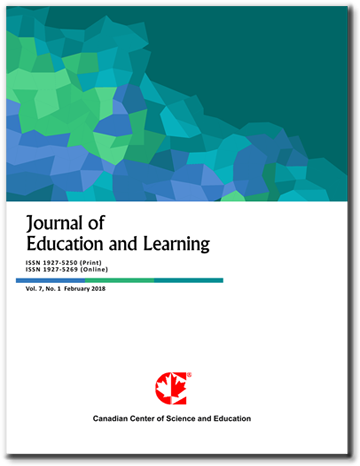Integrative Analysis of ADDIE, ARCS, and ASSURE: Toward a Hybrid Framework for Technology-Enhanced Instructional Design
- Gilbert Kalonde
- Samuel Boateng
- Claudia Duedu
Abstract
Through the perspective of technology integration, this research addresses the limited cross-model analysis that exists in the field of educational technology scholarship. The paper does so by methodically reviewing and comparing three notable instructional design models: ADDIE, ARCS, and ASSURE. In this review, a structured thematic synthesis is utilized to evaluate the affordances, limitations, and adaptability of each model for technology-enhanced learning in K–12, higher education, and professional development contexts. The review draws on studies that have been peer-reviewed and published between the years 2010 and 2024. These studies were retrieved from Web of Science, ERIC, and Google Scholar. According to the findings of the analysis, ADDIE provides comprehensive structural planning and iterative evaluation, but it requires a significant amount of time and resources. ARCS excels in maintaining learner motivation, but it does not have explicit sequencing for technology-rich curricula. ASSURE offers clear, technology-oriented procedural guidance, but it faces challenges in terms of scalability in settings with limited resources. For the purpose of strengthening both the theoretical and practical ability for equitable and scalable technology adoption, the research presents a hybrid framework that blends ADDIE’s systematic design, ARCS’s motivating methods, and ASSURE’s media integration processes. It offers implications that can be put into practice for the development of curricula, the preparation of teachers, and policy interventions that are aimed at fostering education that is both inclusive and enabled by technology.
- Full Text:
 PDF
PDF
- DOI:10.5539/jel.v15n2p11
Journal Metrics
Google-based Impact Factor (2021): 1.93
h-index (July 2022): 48
i10-index (July 2022): 317
h5-index (2017-2021): 31
h5-median (2017-2021): 38
Index
Contact
- Grace LinEditorial Assistant
- jel@ccsenet.org
